LGBTQ+ Talk: The Transgender umbrella and Non-Binary gender identities | Female and male are not it!
Now that we are aware of the ways that gender can be expressed and felt, we are going to look a little deeper into the transgender identity. This time, it took me a while to finish this article, because I wanted to do some research first, just to be sure of what I learn and what I share.
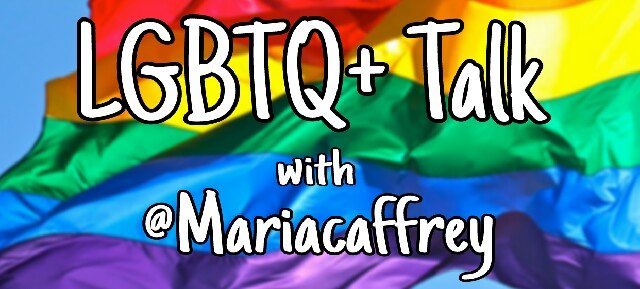
If you read my last post, you probably remember that I mentioned that gender is non-binary, and that it shouldn't be forced into anyone. This means that even though someone can easily identify themselves according to the traditional expectations there are for the social constructs of women and men, this is not mandatory or exclusive.
When I explain the term non-binary, I don't mean to suggest that people shouldn't identify themselves with masculinity or femininity, and all I say is that these two might sometimes not be enough to identify someone.

Without a doubt, the letter T inside of the LGBTQ+ acronym is one of the broadest concepts there are; because we have trans women and trans men, and also agender people, we have demigender people, we have bigender, trigender, pangender and polygender people, we have gender fluid and genderflux people, we have androgyne people, we have people who just prefer to identify themselves as genderqueer or non-binary, and more!
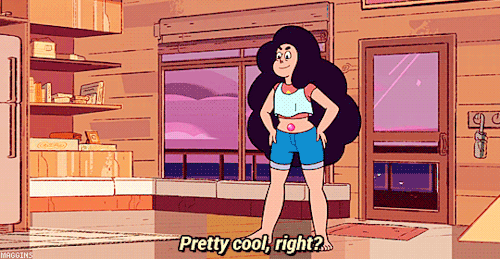
...And there are just SO MANY MORE WAYS to define yourself aside from these, I don't think I'm capable of describing them all, so I invite you to make a little research on Google, as well.

Getting to it:
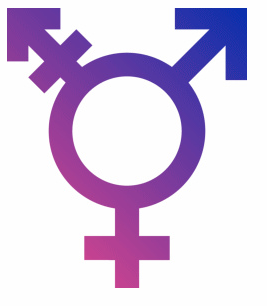
When we talk about transgender people, we are referring to everyone whose gender identity and assigned sex at birth do not match one with the other. Some transgender people go through certain procedures such as surgery or hormone consumption so that their body aligns with their gender identity; however, this is not as common as we might think, and every trans person should be respected no matter their gender expression.
- Trans man: Is a man who was assigned female at birth.
- Trans woman: Is a woman who was assigned male at birth.
- Genderqueer: someone who identifies themselves as genderqueer usually does so implying that they belong to a non-binary gender, be it, for example, gender fluid or agender. This is also an umbrella term and it includes all of gender identities that aren't exclusively masculine or feminine.
- Non-binary: this is an alternative term for genderqueer people to identify with instead.
- Agender: someone who does not feel identified with any gender, they could also identify as genderless, or sometimes gender neutral or neutrois.
- Demigender: someone who identifies partly with one gender and partly with another (usually agender). People who are demigender sometimes identify themselves as either demiboys or demigirls.
- Bigender: similar to being demigender, only that bigender people identify themselves with two gender identities that don't fall on a spectrum.
- Pangender: somebody who feels identified with all genders and doesn't restrict themselves with a specific number of gender identities to have at the same time or as it passes by.
- Polygender: a polygender person identifies themselves with many genders that can be felt simultaneously or in a fluctuating way. Different from pangender for the acknowledgement of not being identified with some genders.
- Gender fluid: a person who doesn't identify as only male, female, or other; (their gender isn't restricted to a number) and fluctuates from one to the other (s) with time or events and so does their gender expression. It is possible to feel identified with gender fluidity and other gender identities that include multiple genders.
- Genderflux: someone whose gender varies in intensity over time and their degree of identification with said gender fluctuates with being agender.
- Androgyne: someone who feels both masculine and feminine (not necessarily in completely equal measure). Someone who identifies themselves as androgyne doesn't necessarily have to have an androgynous gender expression.
As I said, this term holds many others within:
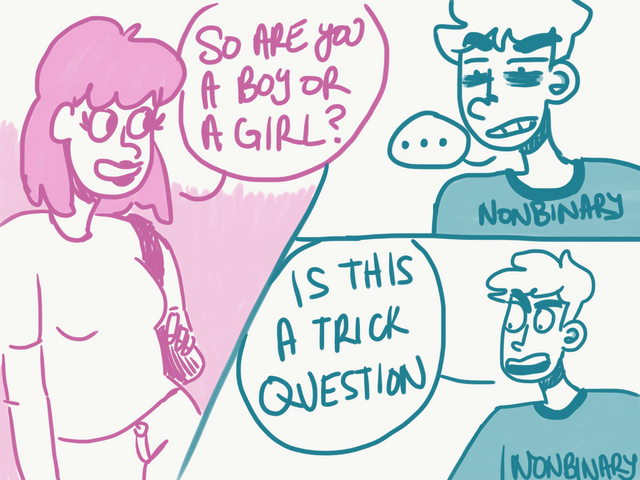
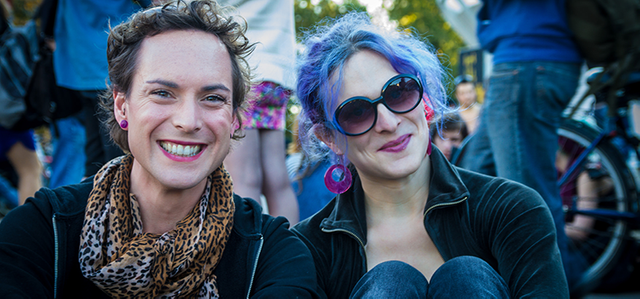
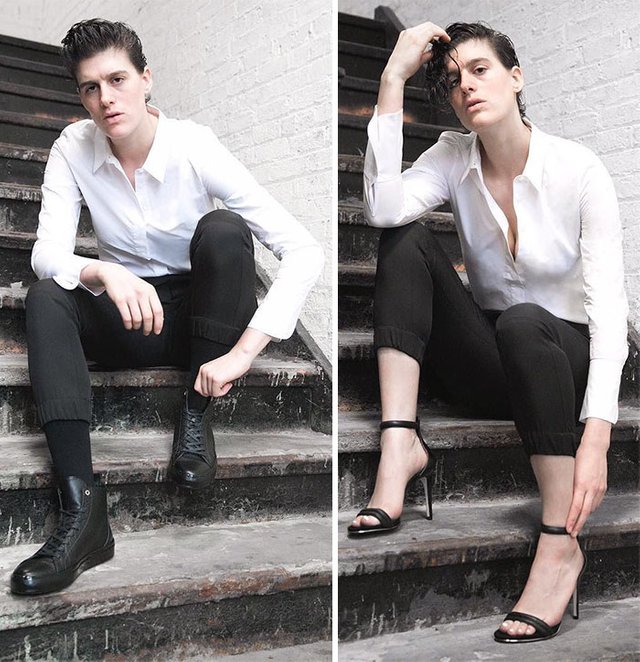
All these gender identities are completely valid, and it is our job to understand them, being or not a part of the LGBTQ+ community. Remember these are very personal concepts; they vary from person to person, and should always be respected.

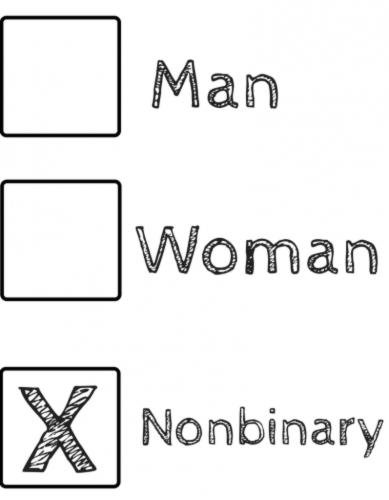
There is no losing, only learning; and I admire everybody who is brave enough to go out and be themselves, no matter what the world says.
It takes a lot of courage and I completely recognize how so many people could be in actual danger just for being who they are.
I hope everyone who reads this feels the same way I do and I hope everybody starts to embrace our differences as humans.
Each person's gender identity is to be respected and recognized.

"Beyond truth and trans, one of the big Ts for me would probably be trying because at the end of the day we can think whatever, but it's like, what are we going to do? Because as long as we're trying, I think that goes a long way." -Laverne Cox
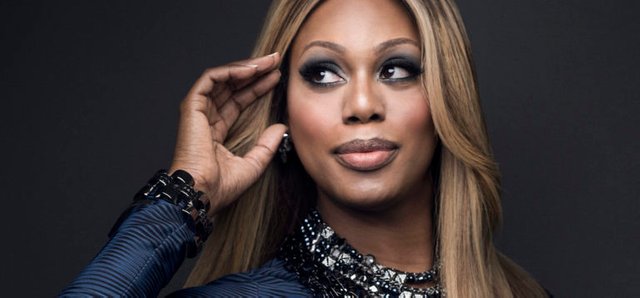

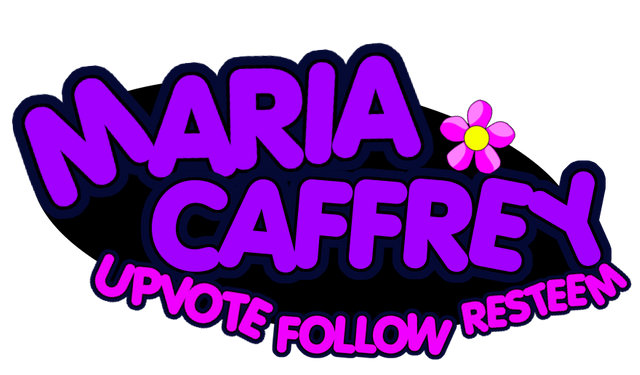
great write up, well research and balanced, thank you for taking the time to research. :)
Thank you! I put a lot of effort into it ❤
It really is amazing to step away from the binary and see the spectrum of gender. It opens up whole worlds of amazing possibilities. Plus save people from a life of exclusion and doubt. Really have been enjoying your posts, if your interested in another view on gender and trans issues I do a weekly trans 101 article on my blog and I have a journal of my transition going as well. Hope your day is brilliant!!🦄🦄🦄
You are completely right. I remembered that I have a lot to discover, learn and understand, and that's okay, as long as I keep my mind open!
Thank you so much for your comment, I'm so happy to know you like my posts!❤ And of course I'll be checking your blog.
Have a good one, stay awesome!
Wonderful post...!
Thank you, ghost :P
I find the English language on the subject to be really confusing.
Male and Female are supposed to be biological definitions, but they are used interchangeably with gender. When someone says Assigned Male at Birth, they mean gender, not sex. It is society telling you that because you're male, you're a boy, not that society is telling you that you're male or female, you are, unless you're intersex, male or female.
When someone undergoes surgery, they call it gender reassignment surgery, but it would be more akin to changing sex, rather than gender. Gender is psychological, it's an identity, you can't change gender via surgery.
In Hebrew we don't really have this issue, because the words for male and female are a lot more clinical, and used almost exclusively on forms, and not every day speech.
For example, the equivalent to the word feminine is not derived from female, but rather from the word woman.
This allows a much sharper split between sex and gender. I'm not entirely sure why it is the way it is in English, but it is very confusing to me.
Well, I feel we have the same problem in Spanish- only that at least English has gender neutral pronouns. In fact, I've thought about translating these posts to Spanish to reach more people, but it really isn't that easy, so I want to take my time with that one. Wished language was more inclusive.
Hebrew has gendered pronouns too. All of them. You is gendered. They is gendered. Really annoying.
This post has received gratitude of 1.65 % from @appreciator thanks to: @mariacaffrey.
This would have been a terrific article even if you hadn't used a Stevonnie gif. But you did, and that makes it transcendent.
AAAH THANK YOU! I thought Stevonnie was the perfect character! I'm glad you think the same way ❤ Thanks so much for your kind comment!